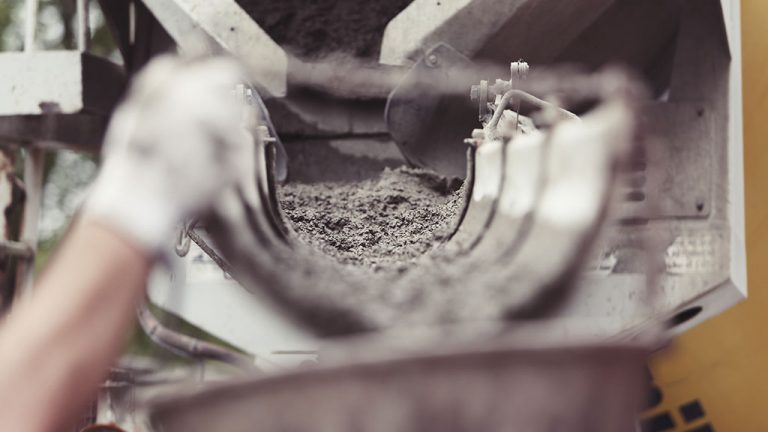A two-year project involving the University of Alabama and the state transportation department, involves the design and testing of longer concrete girders for use in bridges.
Researchers are aiming at girders about 54 metres long, which is about four metres longer than the longest concrete girders presently in use in the state.
The project is focused on small cracks that often appear at the ends of concrete girders soon after they are cast. If they can come up with a design that doesn’t show cracking at the ends, longer girders would be possible. There would be a number of advantages.
Longer, more durable girders would mean fewer support structures below the bridge, and that could lower construction costs. Besides the cost savings, though, are environmental advantages. Longer spans would mean fewer disturbances when the bridge is crossing water, or wetlands, or other natural habitats. In urban areas, expressways often sit over city streets, so fewer supports would mean less disruption for the traffic and businesses below.
Longer spans can, and are, being built, of course, but where longer spans are needed, different designs and materials come into play.
So new research is being done in the hope of casting longer girders. What never ceases to amaze me is that after being in use for thousands of years, there are still questions that need research to answer. After all, some of the concrete structures build by the Romans are still in daily use. The Pantheon in Rome, 2,000 years after it was built, can boast of what is still the world’s largest unreinforced concrete dome — 43.3 metres tall and 43.3 metres across. Archaeologists excavating a royal palace in Greece dating from about 1400 BC, found concrete floors. Crete and Cyprus had concrete by 800 BC. Reinforced concrete has been around since 1849. The first reinforced concrete bridge was built just five years after that. So what’s left to learn about concrete?
Well, small cracks at the ends of girders.
Concrete often cracks without causing problems, says Wei Song, who teaches in the University of Alabama’s school of civil, construction and environmental engineering. But as girders get longer, the cracks can cause problems for their long-term durability.
Song works on the project with Sriram Aeleti and Jim Richardson, both of whom teach in the school, and graduate students David Burkhalter and Vidya Sagar Ronanki.
"We want to make sure those cracks don’t happen," says Aeleti. "We have different designs near the ends and we hope to find the optimal design."
The team started with computer simulations, and from them designed three different versions of the end parts of the girder. Then they called in Hanson Pipe and Precast, a major manufacturer of concrete products, which fabricated the girders.
That’s when sensor technology came to the fore. Sensors were embedded as the concrete was placed. And more were attached to the finished girders. Using information gleaned by the sensors, the research team should be able to determine which girder end-zone detail performs best.
Four 16.5-metre girders — one of them a control girder with a traditional design — were then brought to the Large Scale Structures Lab on campus and will be tested with loads of close to 455 tonnes. The first girder received has already been attached to testing equipment. Next, a load jack will bear down on the girder until the concrete begins to crack. Then, the information delivered by the sensors in and around the girder will give the team data on how the girder handled the load.
The hope is that the data will help the state transport department and its contractors in designing and fabricating longer girders that do not crack.
And, ultimately, there is the hope for a longer life for bridges that will be built to minimize their impact on the environment, while lowering construction costs.
Korky Koroluk is an Ottawa-based freelance writer. Send comments to editor@dailycommercialnews.com.






Recent Comments
comments for this post are closed